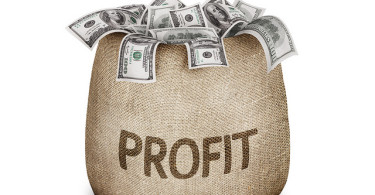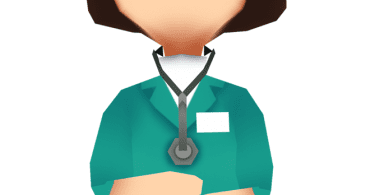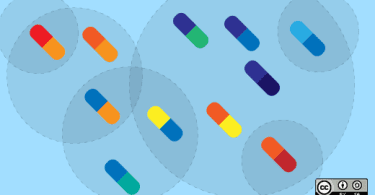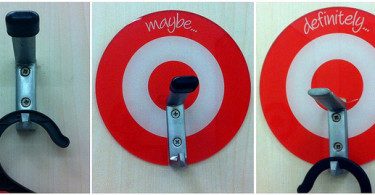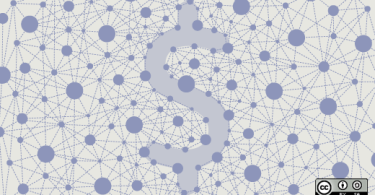On Friday, July 3, Aetna, the third largest health insurer, paid $34.1 billion for Humana, the...
What’s Buzzing
The rationale for an all-payer system for doctors and hospitals
Unlike other developed countries, which negotiate or set uniform rates with doctors and hospitals...
Hospital prices out of control, competition not working
If there ever were evidence that competition does not work to drive down prices in the health care...
Drug and device companies paid $6.5 billion to doctors and...
The latest data from the Centers for Medicare and Medicaid services show that drug and device...
The Affordable Care Act: What happens between now and the...
The Supreme Court’s decision last month affirming, yet again, the legality and structure of...
Medicare is the solution to out of control health care costs...
In a new two-minute video for MoveOn, Robert Reich makes the case for why Medicare is part of the...
ACA repeal would drive deficit up more than $100 billion, leave...
A new report from the Congressional Budget Office shows that if Congress were to repeal the...
What if you could get hospital care at home?
The Johns Hopkins Schools of Medicine and Public Health have developed an innovative care model...
576,000 Americans with annual drug bills over $50,000 in 2014
How much is too much to expect Americans to pay for prescription drugs? Unlike just about every...
Social Security a godsend for millions of older adults with no...
A new report by the Government Accountability Office reveals that Social Security provides critical...


